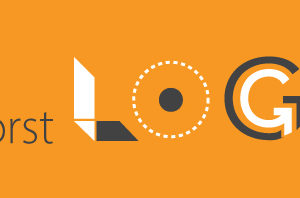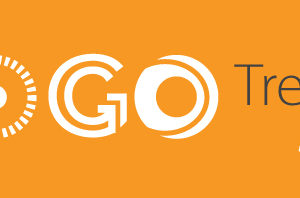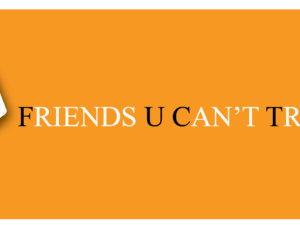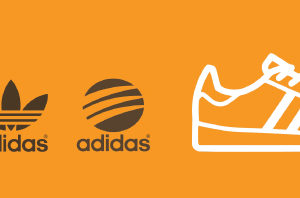
A fundamental aspect of branding is creating, managing, and indeed, defending trademarks. Creating trademarked brands involves determining if brand names are available for trademarks, often involving legal review. Managing trademarks requires proper and ongoing trademark usage. While defending trademarks requires policing trademark infringements.
Following are some trademark basics, to trademarks 101 including definitions, types, and how to file a trademark application.
What is a Trademark?
A trademark is a word, phrase, symbol, and/or design that identifies and distinguishes the source of the goods of one party from those of others. A service mark is a word, phrase, symbol, and/or design that identifies and distinguishes the source of a service rather than goods. The term “trademark” is often used to refer to both trademarks and service marks.
Levels of Trademark Distinctiveness
As defined by the case ‘Abercrombie and Fitch v. Hunting World,’ Trademarks gain different levels of distinctiveness which defines how easily a product/service can be trademarked and how enforceable said trademark is.
- Fanciful Marks: Coined (made-up) words that have no relation to the goods being described (e.g., EXXON for petroleum products).
- Arbitrary Marks: existing words that contribute no meaning to the goods being described (e.g., APPLE for computers).
- Suggestive Marks: Words that suggest meaning or relation but that do not describe the goods themselves (e.g., COPPERTONE for suntan lotion).
- Descriptive Marks: Marks that describe either the goods or a characteristic of the goods. Often it is very difficult to enforce trademark rights for descriptive marks unless the mark has acquired a secondary meaning (e.g., SHOELAND for a shoe store).
- Generic Terms: Words that are the accepted and recognized description of a class of goods or services (e.g., computer software, facial tissue).
Ironically, all of these trademarks can move from Fanciful or Arbitrary to generic. For example, Kleenex, Formica, Escalator, Bubble Wrap, and even Ping Pong are or were once trademarked. The International Trademark Association takes a deeper look at the distinctiveness of trademarks.
What Can Your Business Trademark?
A trademark is any unique word, symbol, name or device used to identify and distinguish the goods of one seller from the goods of another–think Nike’s swoosh, for example. A trademark allows the seller to protect what’s trademarked from use and/or misuse by competitors while building brand loyalty among repeat customers. Trademarks also help prevent confusion or manipulation of consumers, who come to associate distinct attributes–in particular, quality–with a distinct brand.
Under most circumstances, the following can be trademarked:
- Logos: The Lacoste Crocodile, the Twitter Bird
- Names: Nike, Google Glass, Apple Computers,
- Taglines: Just Do It, The Other White Meat, It’s What’s for Dinner
- Packaging: The Iconic Coca-Cola Bottle (and Color Scheme), the POM Wonderful Bottle
- Designs: The Burberry Checked Design is Trademarked.
- Color Schemes: The Red and White checkerboard walls, wood furnishings, and red countertops that define the brand experience of Five Guys.
- Sounds and Jingles: NBC’s “G,E,C” musical notes, the Lion’s Roar of MGM, the Pillsbury ‘hoo-hoo.’ Many more available from Mental Floss.
Also, considering these, it is important to know what already is trademarked, especially when building a brand. The best sources to research trademarks are here:
- United States: United States Patent and Trademark Search
- Canada: Canadian Intellectual Property Office
- United Kingdom: Intellectual Property Office
For more information, look at the World Intellectual Property Organization classifications page.
How do you File a United States Trademark Application?
Depending on the circumstances and contrary to many ‘legal advisors,’ with the right research and paperwork you can file your own trademark. The following USPTO video featuring well-named spokesperson Mark Trademan demonstrates how to get started in filing a Trademark.
In addition, filing trademarks can be left to an experienced brand agency that has a history of developing names, images, and identities. This is exactly one of the services that IDeas BIG can offer to your company. As a Naperville Branding Agency with decades of experience building corporate identities for clients, we can help you from concept to release.
1 Comment
Pingbacks
-
[…] more information on trademarks and avoiding trademark infringements, see our Trademarks 101 […]




